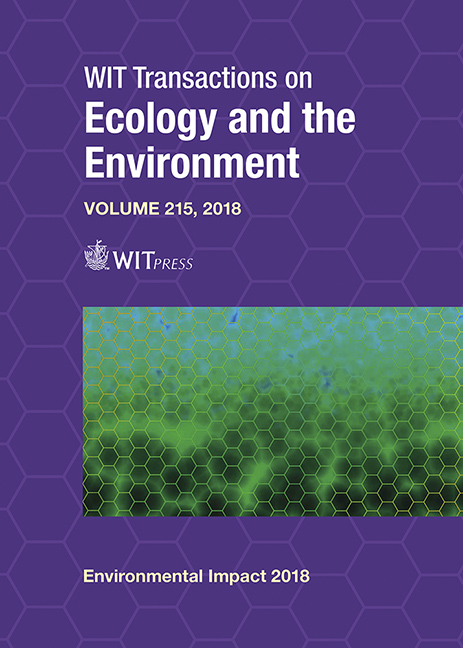MATHEMATICAL SIMULATION OF POLLUTANT SPREAD IN RIVERS: A CASE STUDY OF FECAL COLIFORMS IN THE CHILI RIVER OF AREQUIPA, PERU
Price
Free (open access)
Transaction
Volume
215
Pages
10
Page Range
479 - 488
Published
2018
Paper DOI
10.2495/EID180431
Copyright
WIT Press
Author(s)
ANDRES V. PEREZ, ANAI PEREZ MANRIQUE, NATALY PEREZ MANRIQUE
Abstract
The process of river pollution arises when many cities allow untreated wastewater to flow directly into rivers and other bodies of water. This process generates a lot of pollution, especially in the form of fecal coliforms, which damage the health of the people who depend on the river, as well as the river ecosystem itself. This research design investigates the specific case of the Chili River in Arequipa, Peru. The concentration of pollutants, fecal coliforms in water flow in particular, is represented with a mathematical model expressed with differential equations which contain the components of diffusion, convection, reaction or decay, and source. These equations cannot be solved analytically, so, for this reason, the finite element and Petrov–Galerkin methods have been used due to the predominant component being convection. The Chili River passes through the city of Arequipa, which has a population of about one million people. The city’s wastewater is dumped directly into this river without first being treated, with an approximate flow of 1.2 m3/s. The simulation was conducted utilizing a 30 kilometer stretch of the river. For boundary conditions and simulation calibration, water samples were taken from the river at different points and analyzed in the laboratory in order to determine the concentration values of fecal coliforms. The river was divided into several sections to simulate the concentration of fecal coliforms. The results obtained after the calibration were very alarming, since the concentration of fecal coliforms in some sections reached values of up to 20,005,397.68 PMN/100 ml (PMN = probable maximum number). These values are “well above” the maximum permissible limit (MPL = 10,000 PMN/100 ml) and standard environmental quality (SEQ = 1,000 PMN/100 ml). Only in the sections of the Chili River upstream of the city was the water quality acceptable.
Keywords
simulation of pollutants in rivers, finite element method, Petrov–Galerkin, fecal coliforms





